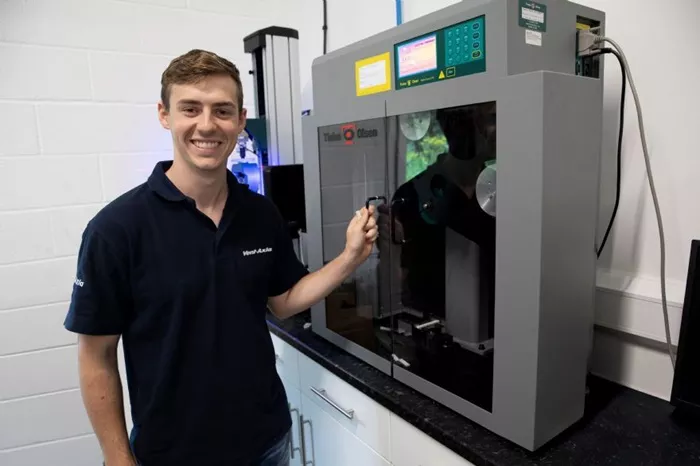A solar standby generator is a reliable power backup solution that utilizes solar energy. It mainly operates based on the photovoltaic principle. When sunlight shines on the solar panels, which are composed of numerous solar cells, photons in the sunlight excite electrons within the cells. This excitation causes the electrons to move, generating direct current (DC) electricity. This DC power is then either used immediately or stored for later use.
Components of a Solar Standby Generator
Solar Panels: These are the primary components for capturing solar energy. High – quality solar panels can convert a significant portion of sunlight into electricity. For example, advanced monocrystalline silicon solar panels may achieve an efficiency of around 20 – 25%. Their efficiency determines how much power the generator can produce under the same sunlight conditions.
Battery Bank: The battery bank stores the electrical energy generated by the solar panels. In case of power outages or when there is insufficient sunlight, the stored energy in the batteries can be used to power electrical devices. Common battery types include lead – acid batteries, which are relatively affordable but have a lower energy density, and lithium – ion batteries. Lithium – ion batteries are more popular due to their high energy density, long lifespan, and lightweight nature.
Charge Controller: This component plays a crucial role in regulating the flow of electricity from the solar panels to the battery bank. It prevents overcharging of the batteries, which could damage the batteries and reduce their lifespan. At the same time, it also guards against over – discharging, ensuring that the batteries are always in an optimal state for efficient operation.
Inverter: Most household appliances and electrical devices run on alternating current (AC). The inverter in the solar standby generator converts the DC electricity stored in the batteries into AC electricity, making it suitable for powering these devices.
Advantages of Solar Standby Generators
Renewable and Clean Energy Source: Solar energy is a renewable resource that will never run out. By using a solar standby generator, you are reducing your reliance on non – renewable energy sources like fossil fuels. Moreover, solar power generation produces no emissions, which is beneficial for the environment and helps in combating climate change.
Cost – Effective in the Long Run: Although the initial investment in a solar standby generator might seem high, it can save you money over time. Once installed, the fuel (sunlight) is free. Additionally, as solar technology continues to develop, the costs associated with solar panels and related components are decreasing, making solar standby generators even more cost – effective.
Low Maintenance: Compared to traditional standby generators that run on gasoline or diesel, solar standby generators have fewer moving parts. This results in lower maintenance requirements. You don’t need to worry about tasks such as changing oil, replacing spark plugs, or dealing with fuel – related issues. Regular cleaning of the solar panels to ensure maximum sunlight absorption is usually the main maintenance task.
Quiet Operation: Solar standby generators operate silently. Unlike gasoline or diesel generators that produce loud noises, solar generators produce no sound during operation. This makes them ideal for use in residential areas, where noise pollution can be a concern, especially during power outages at night.
Applications of Solar Standby Generators
Residential Use: In homes, solar standby generators can provide backup power during power outages. This ensures that essential appliances such as refrigerators, medical equipment, and lighting can continue to function. They can also be used to reduce reliance on the grid during normal times, saving on electricity bills.
Commercial and Industrial Settings: Some businesses and industries may require continuous power supply to keep their operations running smoothly. Solar standby generators can be used as backup power sources, especially in areas where grid power is unreliable. For example, a small factory in a rural area might use a solar standby generator to ensure that production lines are not disrupted during power outages.
Emergency and Disaster Relief: In the event of natural disasters like hurricanes, floods, or earthquakes, power outages are common. Solar standby generators can be used in emergency shelters, medical facilities, and communication centers to provide power when the grid is down. They are also easy to transport to disaster – affected areas due to their relatively lightweight and portable design.
Conclusion
Solar standby generators offer a practical and sustainable solution for backup power needs. Their ability to harness clean, renewable solar energy makes them an environmentally friendly choice. Whether for residential, commercial, or emergency use, they provide reliable power backup while reducing long – term costs and maintenance efforts. As solar technology continues to improve, we can expect these generators to become even more efficient and accessible, playing an increasingly important role in our energy – conscious world.

